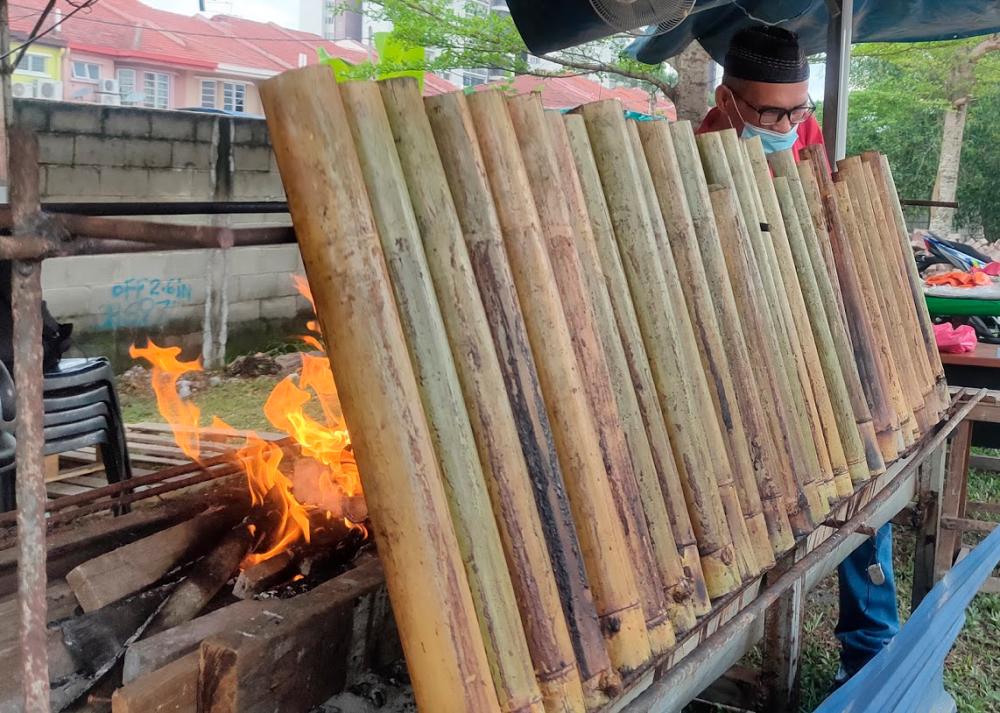PETALING JAYA: With Hari Raya celebrations still in the air until the last day of Syawal on May 9, lemang can be seen sold along streets and at night markets.
However, danger lurks if one opts to consume lemang cooked in the carnivorous pitcher plant (Nepenthes), which is becoming popular due to its uniqueness compared with the traditional lemang that is cooked in bamboo.
Some even claim that pitcher plant lemang tastes far better and is more fragrant.
Advertisements on social media platforms such as Facebook also make similar claims as they tout the dish for sale.
But public health specialist Dr Ain Aliyya Azaharuddin warned that one could ingest harmful substances along with the lemang that is cooked in pitcher plants.
“Being carnivorous, pitcher plants can accumulate, absorb and digest insects or small animals trapped inside it, including animal faeces.
“If an individual fails to properly clean and wash the pitcher plants before using them to make lemang, they risk causing customers to experience stomachaches, nausea, vomiting or diarrhoea.
“The residual organic matter inside pitcher plants can also serve as a breeding ground for bacteria and other microorganisms, given that small mammals use it as their toilet.”
Ain Aliyya said microorganisms could also proliferate and contaminate the rice during the cooking process, increasing the risk of foodborne illnesses.
She urged the public to opt for lemang cooked in bamboo as a safer option, adding that harvesting bamboo for lemang is more environmentally friendly compared with harvesting rare pitcher plants.
Botanist Abdullah Razin Rofli agreed with her and added that the widespread harvesting of pitcher plants would cause their extinction.
“Pitcher plants play vital roles in their ecosystems as they contribute to biodiversity and provide food for various organisms, including insects.
“The loss of pitcher plants could effect other plant and animal species which rely on them for shelter or food. Their disappearance could lead to their extinction in the long term.”
Abdullah Razin said pitcher plants that are used to cook food come from one of three species namely the flask pitcher plant (Nepenthes ampullaria), the common swamp pitcher plant (Nepenthes mirabilis) and the slender pitcher plant (Nepenthes gracilis).
“Lemang cooked in pitcher plants is popular in Pahang due to its abundance in the region’s forests. So there are many pitcher plant suppliers in the state.
“Efforts to cultivate and collect various species of pitcher plants are under way at the Kledang Saiong Forest Eco Park in Ipoh, which is among the world’s largest research centres dedicated to the plant, and attracts researchers from abroad.”
Abdullah Razin said pitcher plants also supply nitrogen to maintain soil fertility and serve as a toilet for bats and squirrels.
“When an area is not fully fertile, pitcher plants grow there and over decades they help make the soil more fertile, and suitable for other plant species to thrive.
“Also, although lemang cooked in pitcher plants are tempting, small bats and squirrels tend to make these plants their home, while the plants derive essential nutrients from the mammal’s droppings.
“This results in them having more nitrogen in their leaves compared with other plants.”
Like Ain Aliyya, Abdullah Razin also advised the public to choose the lemang cooked in bamboo as it is safer and more eco-friendly.










